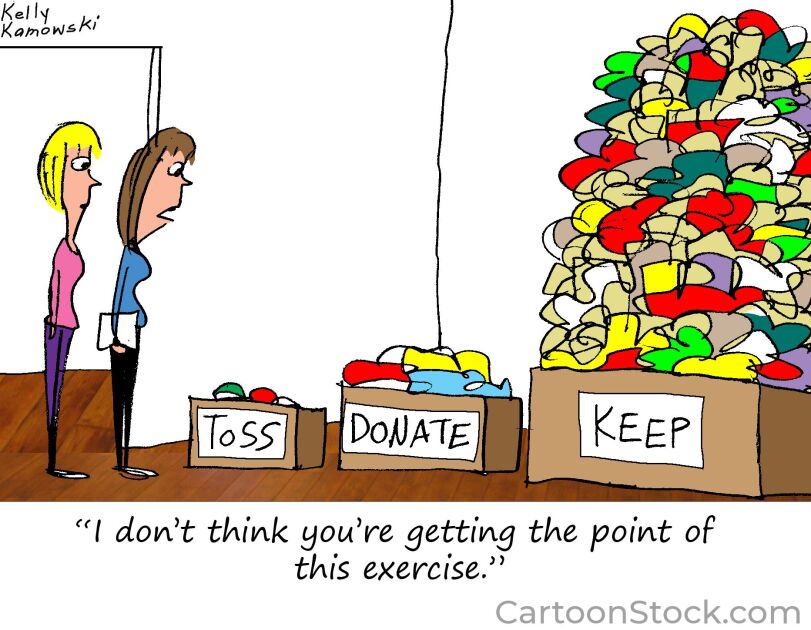An overhauled set of standards for how teachers should boost learning through the use of technology was released here yesterday at the nation’s largest K-12 educational technology conference.
The standards try to shift the focus from technology tools to raising academic achievement and preparing students for highly skilled jobs of the future, said Don Knezek, the chief executive officer of the International Society for Technology in Education, in an interview with Education Week’s Digital Directions. ISTE presents the annual conference.
Read a summary of the new standards.
“We are seeing the end of isolated individual learning and teaching,” Knezek said. Instead “we’re seeing connected learning and teaching … that transforms the classroom into a digital learning portal.”
A major theme of the National Educational Computing Conference this year is that the K-12 world is becoming flat—meaning that long-standing hierarchies of educational authority are giving way to more collaborative approaches to teaching and learning such as the use of wikis, blogs, and social networks.
The conference, which runs from June 29 through July 2 and is expected to attract nearly 18,000 attendees, has overlapping strands of presentations and discussions about how to make use of, and survive in, a world where students and teachers have almost the same access to information and where collaboration and sharing of knowledge are taking place across the globe.
To help educators face that challenge, ISTE unveiled a major revision of its educational technology standards for teachers. The National Educational Technology Standards for Teachers outline the skills and knowledge that teachers need to use technology more effectively in the classroom.
The first version of NETS-T, released in 2000, has been adopted by numerous states and teacher-preparation programs.
The new standards emphasize the need for teachers to facilitate and inspire student learning and creativity, to design and develop digital-age learning experiences and assessments, to model digital-age work and learning, to promote and model digital citizenship and responsibility, and to engage in professional growth and leadership.







